Build a Best-in-Class Company Culture: Lessons from Erb & Young
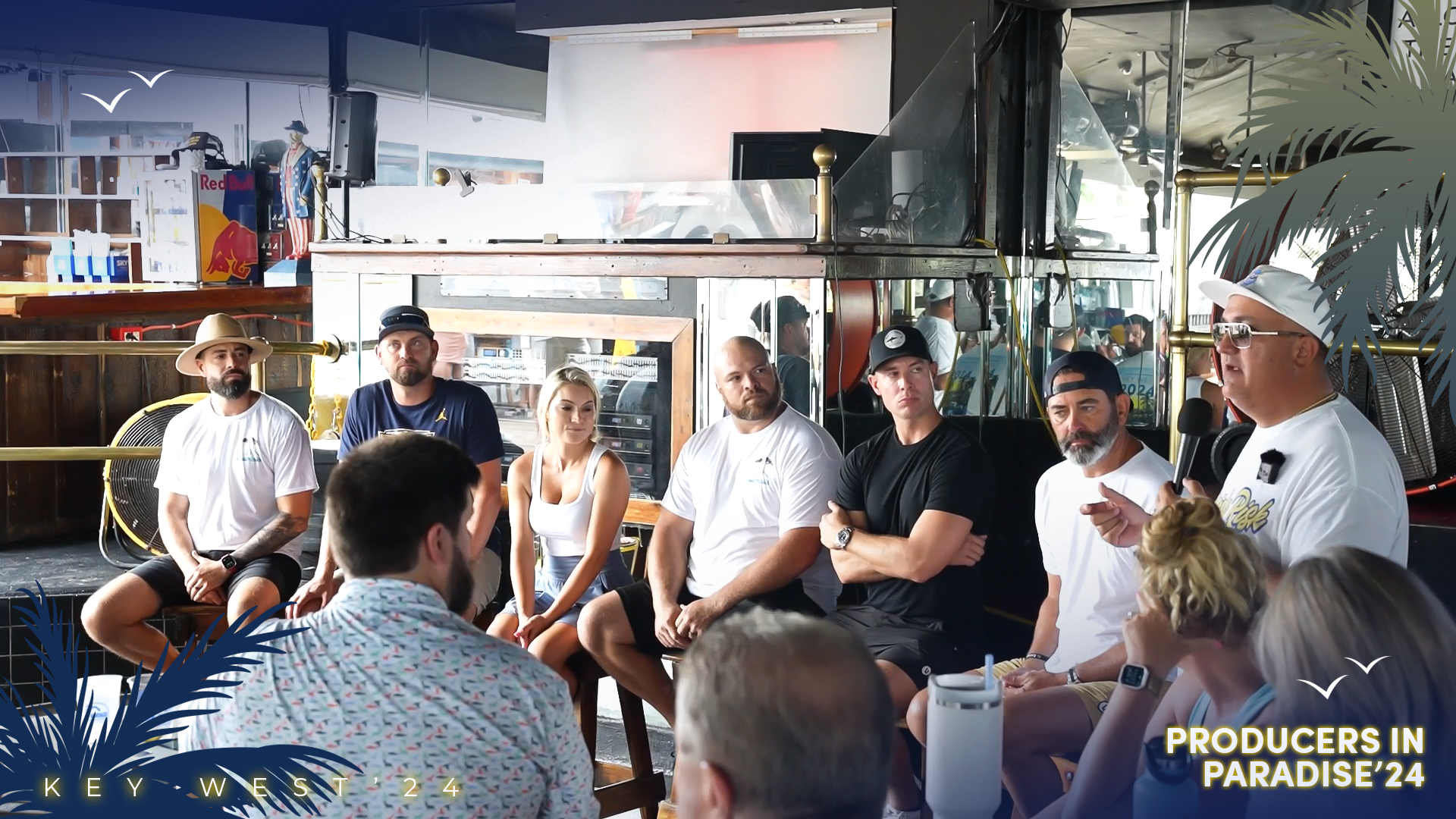
Introduction
Company culture is a critical component of any successful business. It’s the invisible force that shapes your company’s environment, influencing how employees interact, their level of engagement, and ultimately, the overall success of the organization. A strong culture can attract top talent, reduce turnover, and enhance employee satisfaction. Erb & Young, an insurance agency from Orlando, FL, serves as a prime example of a best in class culture in the insurance industry. Their journey offers valuable insights into how intentional culture building can lead to extraordinary business outcomes.
The Foundation of Culture
Intentional Decision-Making
Building a strong company culture begins with a conscious decision from leadership. For Erb & Young, this was not just about creating a pleasant work environment but about defining who they were as an organization. The leaders at Erb & Young sat down and agreed that culture and personal development would be their top priorities. This intentional focus on culture from the very beginning set the stage for their future success. They understood that culture is not something that happens by chance; it requires deliberate effort and a clear vision.
Defining Culture
Culture is often mistaken for superficial elements like motivational quotes or workplace perks. However, as Erb & Young exemplifies, culture goes much deeper. It’s about identity and intentionality. Culture is the collective character of a business, shaped by the behaviors, beliefs, and values of its people. At Erb & Young, culture means being genuine, consistent, and intentional in everything they do. It’s not just how they behave but who they are, both inside and outside the office.
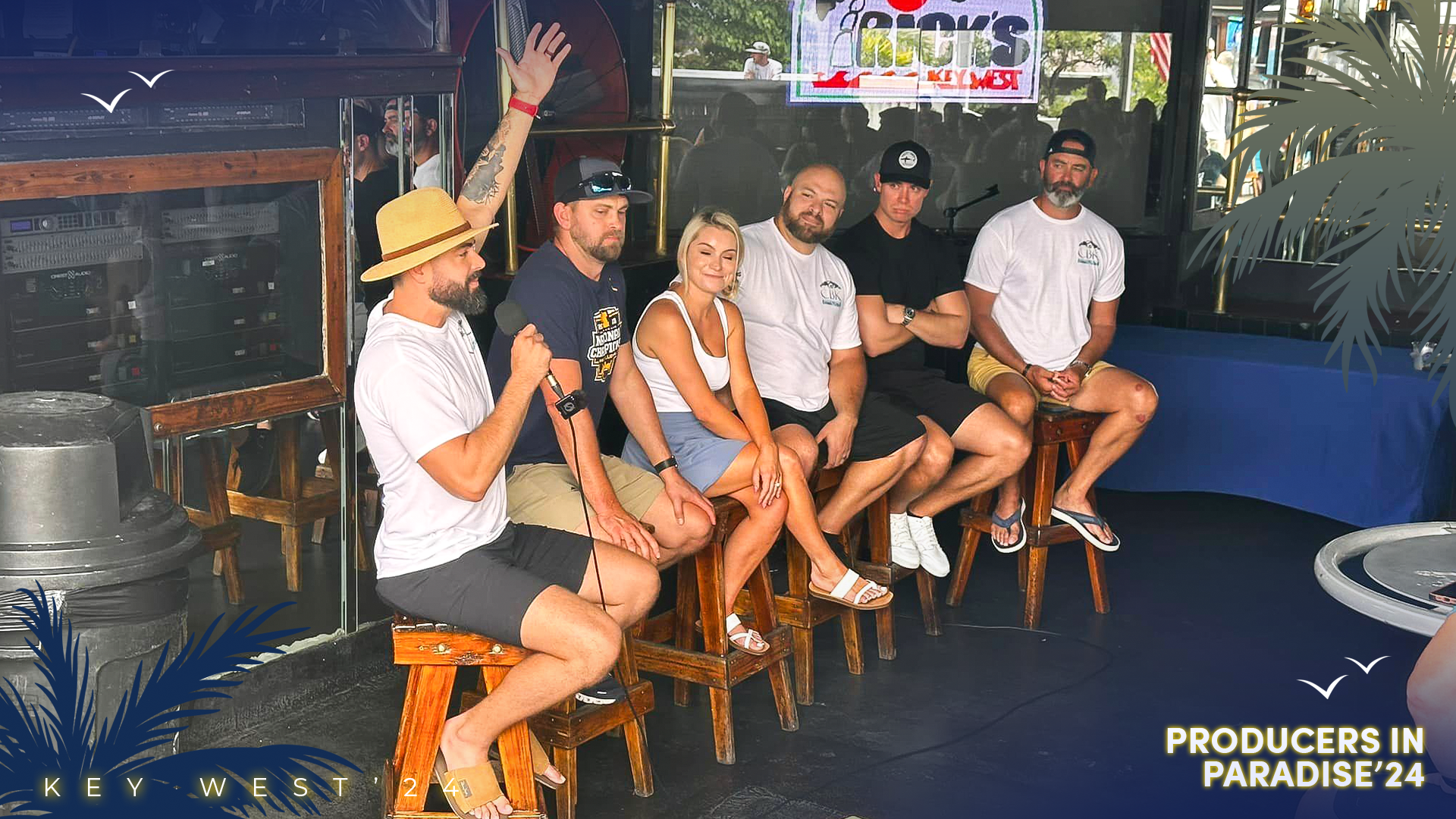
Building and Sustaining Culture
Creating a Competitive Advantage
At Erb & Young, culture is seen as a competitive advantage. They recognized early on that a collaborative approach was essential to achieving their goals. By fostering a strong, positive culture, they created an environment where employees felt motivated and engaged. This collaborative spirit not only made Erb & Young a great place to work but also contributed to their business success. A strong culture can drive performance, innovation, and growth, giving companies a significant edge over their competitors.
Characteristics of a Positive Culture
A positive culture is characterized by a strong sense of identity and belonging. At Erb & Young, the culture is built on genuine care for employees, creating an environment where people look forward to coming to work. This sense of belonging and mutual support is crucial for maintaining high levels of engagement and motivation. Employees at Erb & Young describe their workplace as one where their closest friends are their colleagues, highlighting the deep connections and strong relationships that define their culture.
Practical Steps to Building Culture
Genuine Care for Employees
One of the key aspects of Erb & Young’s culture is their genuine care for employees. This is evident in their approach to personal development. They invest in their employees’ growth, both professionally and personally. For example, they organize annual summits where the focus is not on insurance but on personal development, family, and life skills. This investment in people builds trust and loyalty, creating a strong bond between the company and its employees.
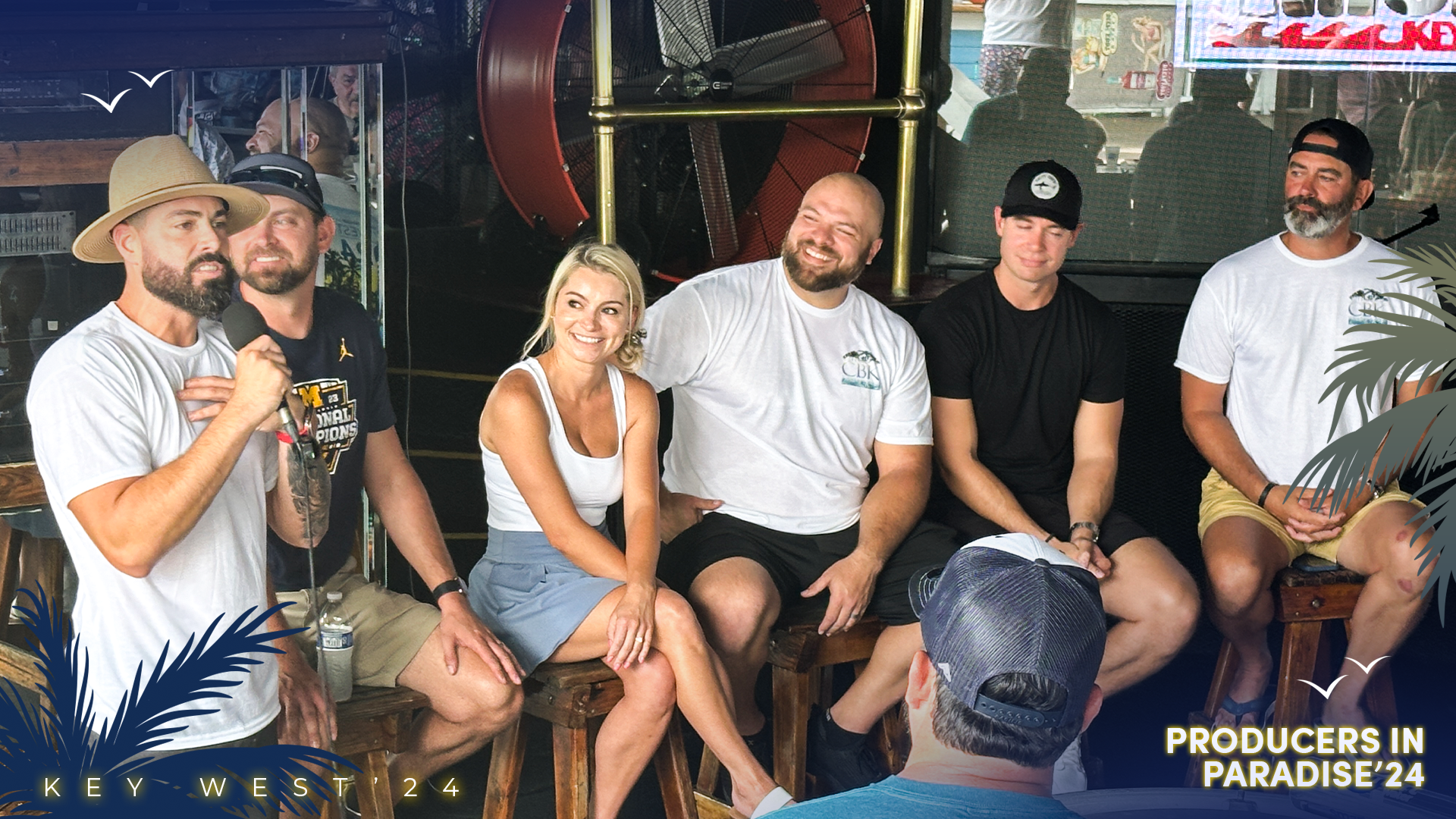
Hiring for Culture
Hiring the right people is crucial for maintaining and enhancing culture. Erb & Young’s hiring process is designed to ensure that new hires are a good cultural fit. They prioritize energy and enthusiasm over specific skills, believing that skills can be taught but cultural fit cannot. Their process includes multiple interview stages, involving different team members to get a well-rounded view of the candidate. They also emphasize the importance of third-party validation, where potential hires speak with current employees to hear about their experiences firsthand.
Tools and Strategies for Culture Building
Inspiration, Safety, and Connection
Erb & Young uses a framework of inspiration, safety, and connection to recruit, develop, and retain talent. They inspire their employees by providing a vision of a better tomorrow, making them believe in the company’s mission and their role in it. Creating a safe environment where employees can fail and learn without fear of retribution is another critical component. Finally, they emphasize connection and love, fostering deep relationships and a sense of belonging among employees.
Values and Decision-Making
Values are the foundation of culture. At Erb & Young, shared values guide decision-making and influence behaviors at every level of the organization. They have clearly defined values that serve as their North Star, ensuring consistency and alignment in their actions. This value-based approach helps build trust and fosters a cohesive culture where everyone is working towards the same goals.

Real-Life Examples and Testimonials
Employee Experiences
The personal stories of Erb & Young employees highlight the impact of a strong culture. For instance, one employee shared how their closest friends are their colleagues, underscoring the deep connections fostered within the company. Another employee spoke about the genuine care and support they received, both professionally and personally, which made them feel valued and motivated.
Success Stories
Erb & Young’s success stories demonstrate the tangible benefits of their strong culture. Despite starting with no money and no experience, they have grown their organization from scratch to over $6 million in revenue, with a trajectory that continues to rise. Their low turnover rate and high employee engagement are testaments to the effectiveness of their culture-building efforts.
Conclusion
Building a strong company culture is not just a nice-to-have; it’s essential for long-term success. Erb & Young’s journey shows that with intentional effort, genuine care, and a clear vision, any organization can create a best-in-class culture. By prioritizing culture, investing in personal development, and hiring for cultural fit, companies can create an environment where employees thrive and business flourishes. Reflect on your own company’s culture and consider implementing these strategies to take your organization to the next level.
Connect with Erb Young on LinkedIn:
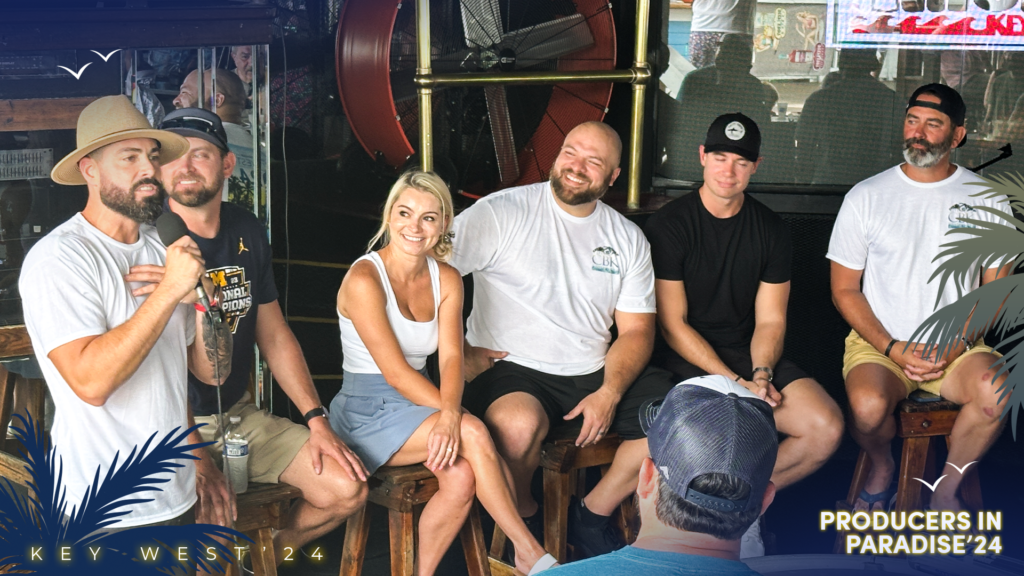
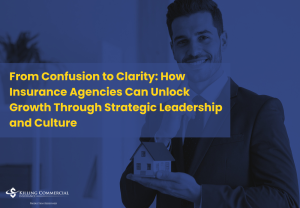
From Confusion to Clarity: How Insurance Agencies Can Unlock Growth Through Strategic Leadership and Culture
In the fast-paced world of commercial insurance, the grind of daily operations often blinds agency leaders to the foundational cracks forming beneath them. Producers are focused on closing deals. Account managers are buried in servicing. Agency principals are juggling leadership, sales, operations, and finance. Yet in the midst of this hustle, many agencies lack the one thing that can unlock the next level of growth: organizational clarity.
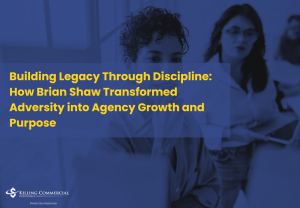
Building Legacy Through Discipline: How Brian Shaw Transformed Adversity into Agency Growth and Purpose
Brian’s journey isn’t one of shortcuts or overnight success. It’s the story of a man who has faced battlefields, boardrooms, and hospital beds — and come out the other side with an unshakable sense of purpose. His agency is young, his vision is clear, and his “why” runs deep.
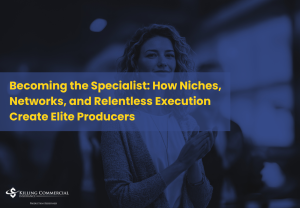
Becoming the Specialist: How Niches, Networks, and Relentless Execution Create Elite Producers
Every producer wants to win. But only a small percentage ever reach the level where winning becomes inevitable—not because they get lucky, not because the market is soft, but because they commit themselves to mastery. They study harder, niche deeper, build better networks, and execute with more consistency than everyone else around them.

Becoming the AI-First Agency: How Insurance Producers Can Leverage Automation to Outpace the Competition
Artificial Intelligence is no longer a buzzword for tomorrow. It’s today’s most powerful tool for increasing efficiency, lowering costs, and growing your book of business faster than ever before. For insurance producers and agency owners, this isn’t a matter of curiosity or a “nice to have” anymore. It’s a necessity. The reality is that your competition may already be using AI-powered tools to identify prospects, streamline service, and close deals before you even realize you’re in the game.
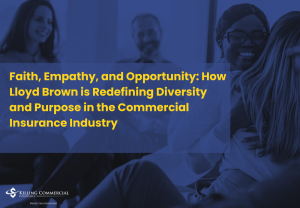
Faith, Empathy, and Opportunity: How Lloyd Brown is Redefining Diversity and Purpose in the Commercial Insurance Industry
In every season of The Protege, one thing becomes crystal clear—success in the commercial insurance industry isn’t about where you start, it’s about who you become.
In this episode of the Power Producers Podcast, I sat down with Lloyd Brown, a middle market producer from Orlando, Florida, whose story is equal parts faith, resilience, and purpose.
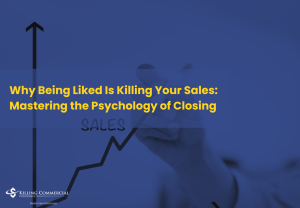
Why Being Liked Is Killing Your Sales: Mastering the Psychology of Closing
Salespeople are often taught to be charismatic, friendly, and well-liked. But as David Carothers and high-ticket sales expert Austin Medlin explore in their recent conversation, that mindset could be the very thing sabotaging your close rate. Austin, the founder of CloseSales.com, brings a fresh perspective from outside the insurance industry that perfectly aligns with what commercial producers face daily: buyers who need leadership, not another friend.

Responses